“Animals arrived, liked the look of the place, took up their quarters, settled down, spread and flourished. They didn’t bother themselves about the past – they never do; they’re too busy. The place was a bit humpy and hillocky, naturally, and full of holes; but that was rather an advantage.”
Kenneth Grahame, ‘The Wind in the Willows’
I’m trying to take a photo of a wallaby. It’s hiding in some tall grass, but I can see its furry ears and tail sticking out. There’s actually three wallabies in front of me, and they are doing a great job of making it almost impossible to get a decent picture. The weather is roasting hot, so two of them are sensibly sitting in the shade, and this third one is playing hide-and-seek with me. Patience is the key to good photography, but being a pale, red-haired Northerner, I can’t last more than five minutes in high heat without crumbling into dust. I settled for this silhouette photo of the wallaby in the grass, and headed to the nearest shade to recover.
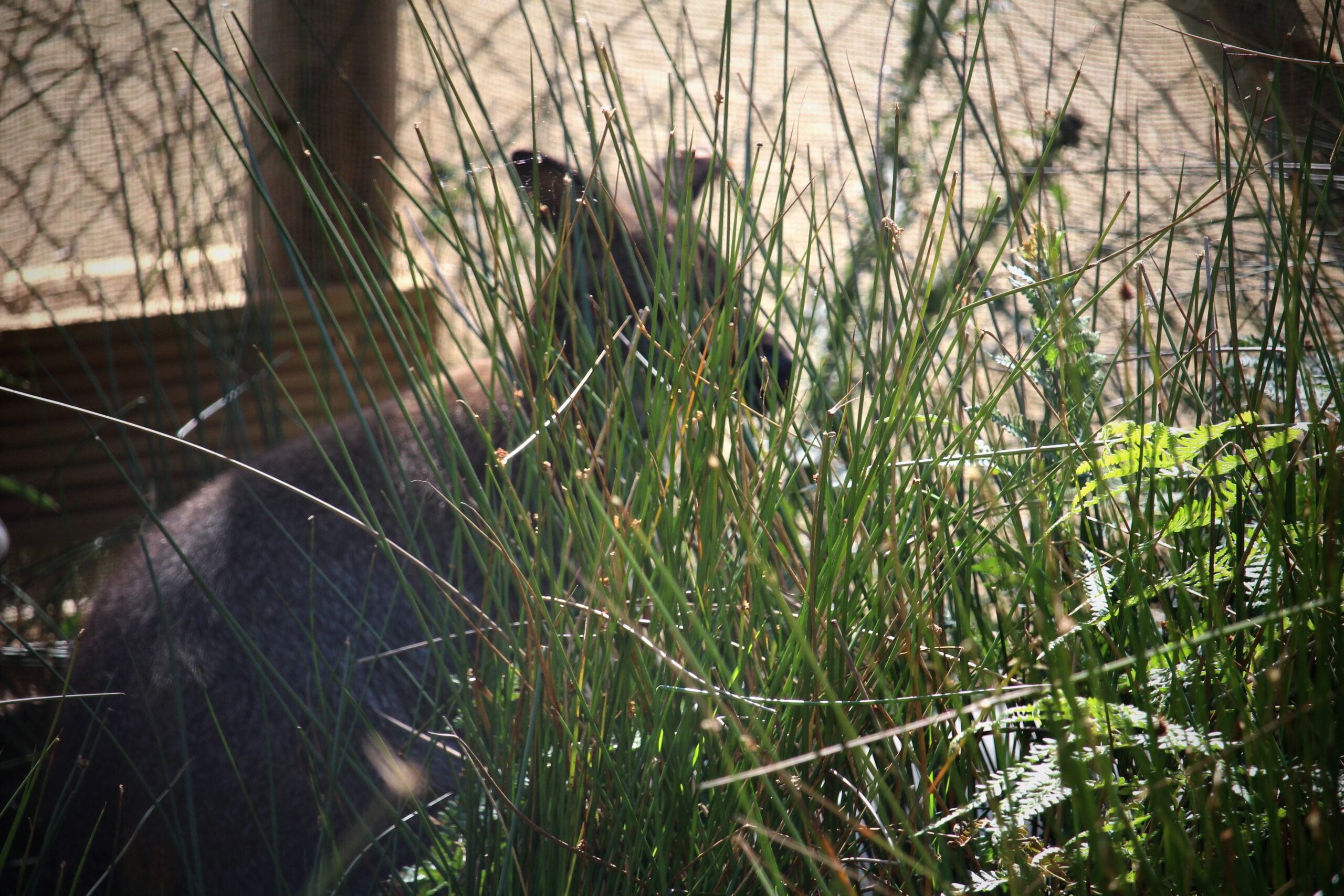
I know what you’re thinking. Wallabies and baking hot temperatures? She must have been in Australia!
But I wasn’t. I was in Kent.
That’s right, there are wallabies living in Kent.
And bears. And bison. And wolves!
And all of these animals live in the beautiful surroundings of Wildwood, near Canterbury.
Wildwood
Wildwood is one of several wildlife parks in Kent (others include Howletts and Port Lympne), but it’s unique because it focuses on conserving native British animals. Over 200 different species live there in around 400 acres of Kentish woodland, including beavers, common cranes, elk, lynx and bison.
We talk a lot about bison in our house. Whereas my ideal environment would be a massive fairytale library, the Man of Kent’s would be a farm in the country with a whole menagerie of animals, where he could cook delicious meals with sustainable, home-grown produce and have a whole room full of guitars. He loves animals and nature, and has a keen interest in the various rewilding projects that are going on around Kent. He’s been following the Kent Wildlife Trust and Wildwood for ages, regularly updating me on the important work that these two organisations are doing to reintroduce native species – including bison – to Kent.
Wildwood is one of those places that we had been talking about going to for ages. You know how it is. You keep saying things like, “We must go there one of these days” or, “Right, we’ve been meaning to go to that place for ages – let’s do that next weekend”, but then when you get a day off you’re knackered and just end up sitting on the sofa, drinking tea and watching Bargain Hunt. But in August, amid one of the wettest, greyest, most British summers on record, a glorious summer day arrived and – even better – we had the day off work! It was an opportunity too good to waste – sunshine, blue skies and the promise of a grand day out. In June, on a most un-summery day, the Man of Kent and I fulfilled a longstanding ambition – to go and visit the puffins of the Farne Islands. On this (actually) summery day, we decided to fulfil our ambition to meet the bison. Goodbye sofa, hello Wildwood.
Artic foxes
In Gillingham, the closest thing to wildlife is the urban foxes that I occasionally spot on an early morning commute, or see lurking about in the evenings after everyone’s put the bins out. At Wildwood, we saw some of their relations – the Arctic foxes.
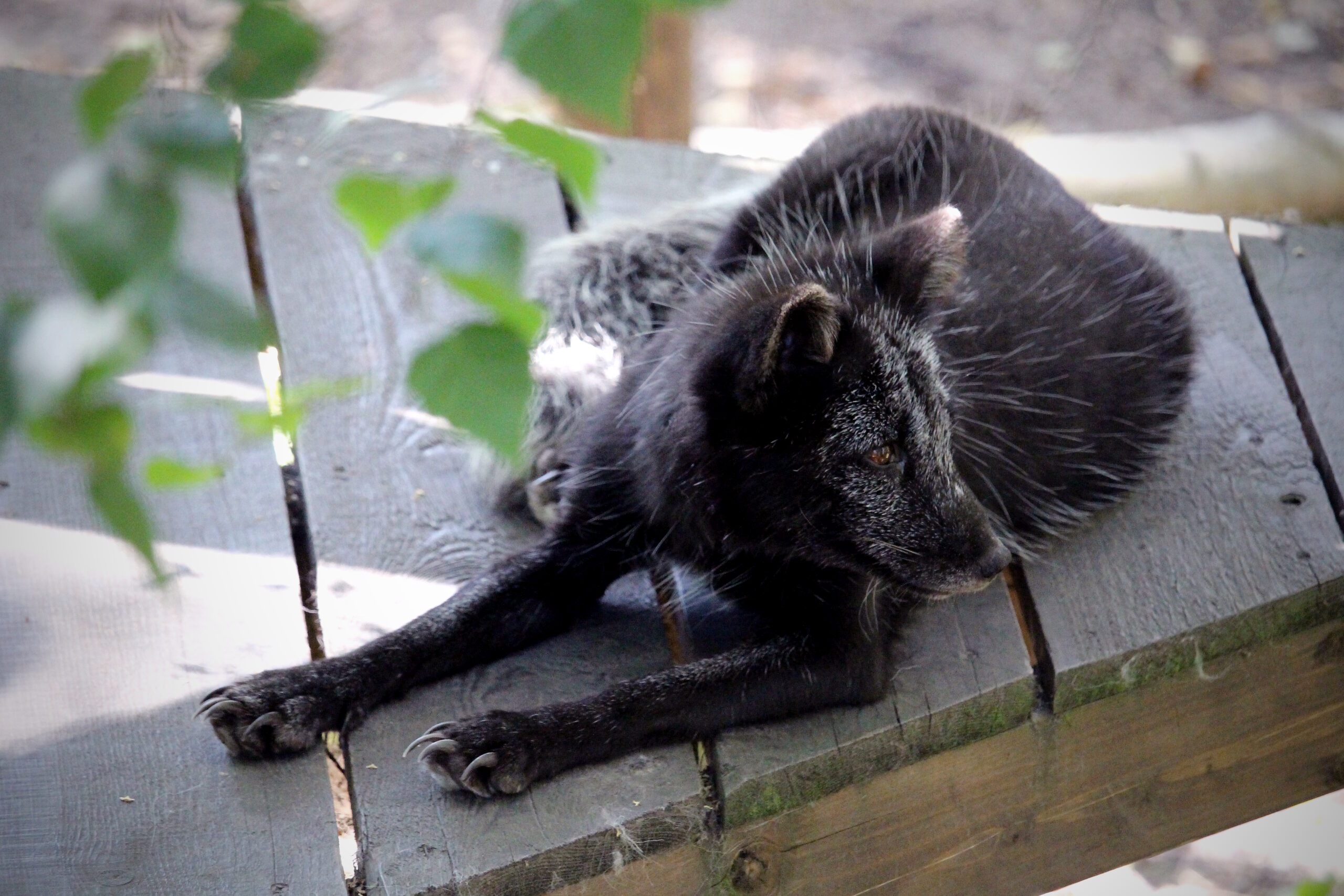
As their name suggests, Arctic foxes are well-adapted for freezing climates. They can withstand temperatures of up to -50 degrees (which makes them ideally suited for the average winter back home in the North East). Arctic foxes lived in Britain until the last Ice Age, after which they were driven out by hunting and climate change. These gorgeous little cubs only had a few of their white hairs, because Arctic foxes don’t get their white coats until winter.
Bison!
Just look at this chap – imposing, staunch, assured. The picture of confidence, and so he should be – he is one of several ‘ecosystem engineers’ that have a big job to do in helping to rewild Kent.

Bison are a keystone species that naturally manage woodland by felling trees and eating the bark, creating room for other plants and animals. Working together, Wildwood and the Kent Wildlife Trust reintroduced bison to Kent at Blean, near Canterbury, in 2019. European bison were hunted to extinction in the wild in the early 20th century, but their numbers are now growing thanks to captive breeding. Although European bison would not have been native to Kent, their Steppe bison relations were. European bison are currently our best shot at recreating the woodland grazing environment that would once have existed. The Blean herd started with three females from Scotland and Ireland, and a bull from Germany. Happily, the first bison calf was born at Blean in September 2022.
The three bears
Three bears live at Wildwood – Fluff and Scruff, who were rescued from a disused bear hunting centre in Bulgaria, and baby Boki, who came to Wildwood from Port Lympe after he was rejected by his family. The three bears have an enormous enclosure full of trees, shrubs and their own river – a major change from the concrete pit that had been Fluff and Scruff’s unhappy former home in Bulgaria. You can walk around the outside of the enclosure or view it from above via stairs and a rope bridge. I stood on the rope bridge, suspended above the bears’ quiet, gentle bit of forest, but couldn’t spot any of them that day. I suspect they were being sensible and taking cover from the heat. But it doesn’t matter; we saw more animals that I can count that day at Wildwood, and now I have a great reason to visit again; to see if the bears will be out and about next time.
Hello Mr Wolf
Patience and a keen eye are important when visiting Wildwood, because many of the animals who live here are masters of stealth and camouflage. Towards the end of the day, the Man of Kent and I reached the grey wolf enclosure. There weren’t many people left in the park by this point, and the light was starting to fade. We stood beside the fence, silent, waiting, straining our eyes trying to see one of the grey wolves. I was about to give up when suddenly (stage whisper) – “Look! A wolf!” The Man of Kent had spotted one! I couldn’t see anything. “Where?” “There! Behind that tree!” I stared, and I stared, and I looked, and I waited, but all I could see was twilit shady woodland. Eventually, the grey wolf moved but my goodness, if it hadn’t I would never have seen it, it was that well disguised!
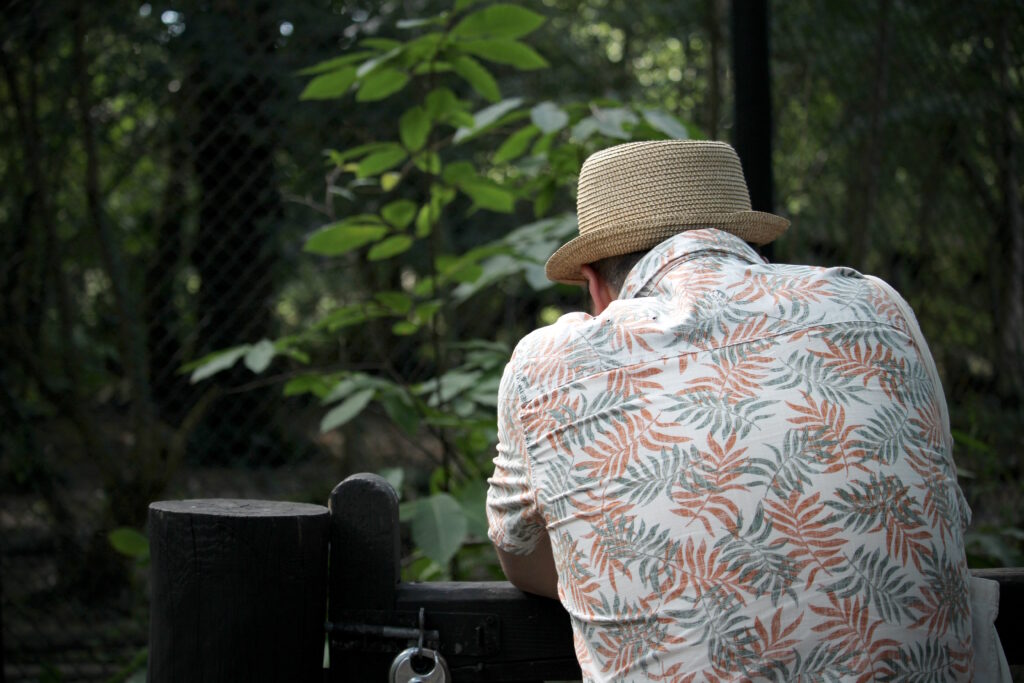
Purrfectly comfortable
We had a similar experience at the lynx enclosure. Again, I was impressed by the Man of Kent’s eagle-eyed spotting. I couldn’t see past the grass and the trees in the dappled sunshine, but he spotted a lynx basking regally in the sun, just like any domestic cat would lounge in a garden or on the back of a sofa. Lynx are technically small cats, not big cats like lions or tigers, which means they can purr continuously like your average pet mog (though they would probably be much harder to move off your sofa).
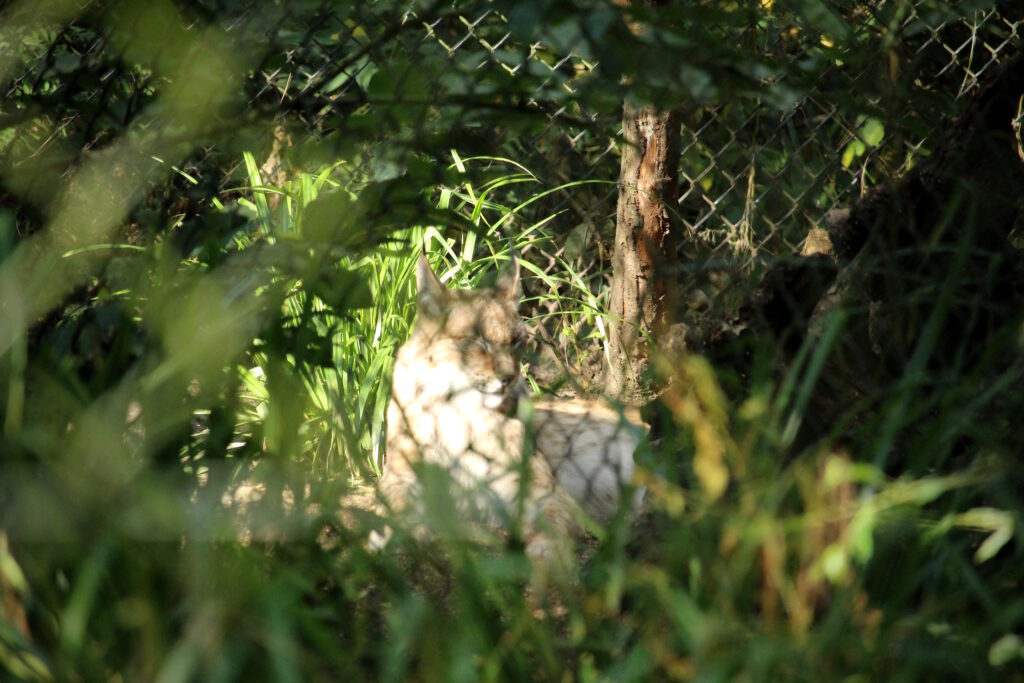
Bundles of cute and feathery friends
Many smaller species live at Wildwood, including rabbits, pole cats, badgers, lizards, rats and beavers. There’s also a reptile house, and aviaries housing owls, storks, ravens, cranes and more. Alongside other organisations, Wildwood is working to reintroduce the common crane, which was extinct in Britain until the late 1970s thanks to hunting by the likes of King Henry lll, who once served 115 of the poor things for Christmas dinner. A fun fact for quiz fans: cranes feature in more English place names than any other bird (for example, Cranbrook).
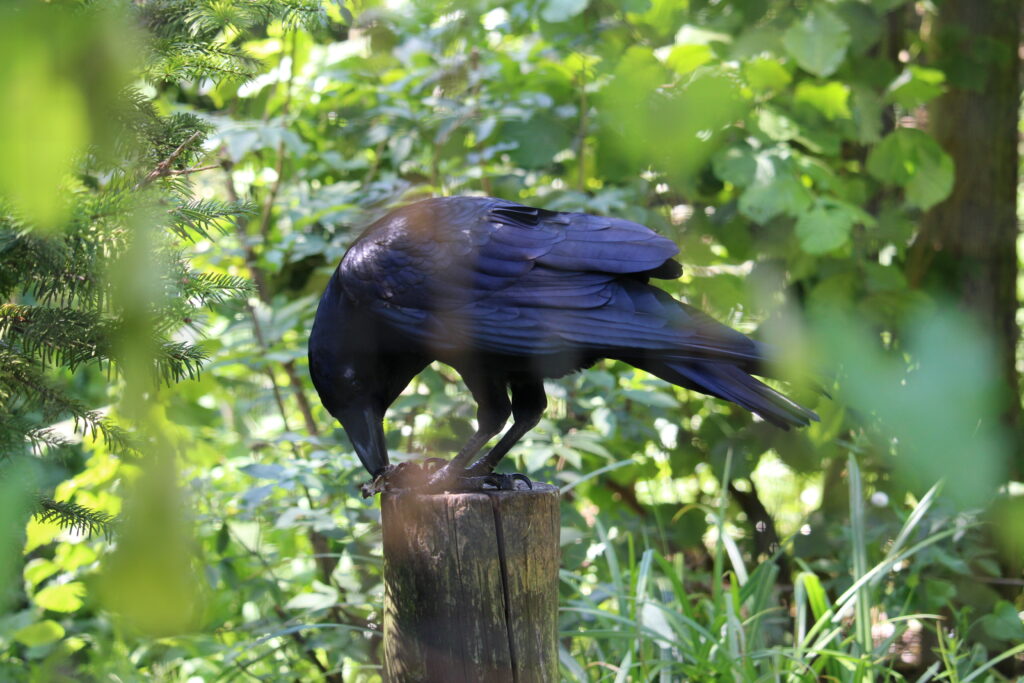
The unphotographed
I like to think I’m a pretty nimble photographer, but some of these animals were way too quick for me. The reindeer moved so fast that I now completely understand how Santa makes it round the world in one night with nine of them at the helm of his sleigh. The elk were also surprisingly zippy for such large creatures. On the subject of elk, Wildwood is the only animal park in the UK to have an elk pair – Caramel, born at Whipsnade, and Jurgen, from Germany. The boars were much more obliging, but decided to put on a show that was definitely not family-friendly. I averted my camera accordingly.
But what about the wallabies?
Hang on a minute, I hear you say. All this is very interesting, but can we just go back to the wallabies for a second. Surely wallabies aren’t native to the UK ? They’re definitely Australian. They’re a national emblem over there. Australia’s men’s rugby union team is even called the Wallabies, for goodness’ sake.
And you are quite correct. But wallabies have also been living in Britain for over a hundred years, having been introduced in the 1900s. There’s 1,740 wallabies living on the Isle of Man, and wild populations in Derbyshire and Hampshire. Unlike in Australia, where they are threatened by dingoes and Tasmanian devils (as well as habitat loss), wallabies have no natural predators in the UK. They just have to put up with pesky photography enthusiasts like me instead.
What else you can do at Wildwood
I’m saving up some of my pennies to go back to Wildwood for a Night Tour. Many of the animals at Wildwood are nocturnal, so this 2-hour evening guided tour should be a great opportunity to see them out and about. Keen photographers can sign up for a Photo Day, and bison fans can go on a Bison Safari. Gift vouchers are available for all of these experiences if you’re looking for a perfect present for an animal lover.
Getting to Wildwood
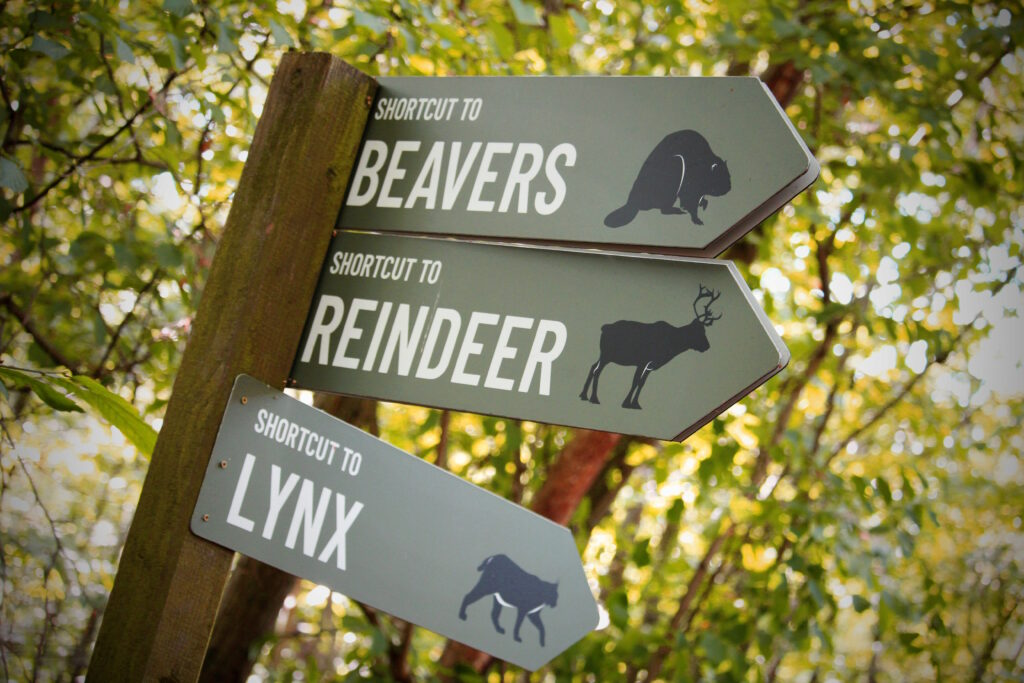
Wildwood is easy to get to by public transport. It’s midway between Canterbury and Herne Bay. You can jump on the 600 or 601 bus from Canterbury bus station, both of which go straight to Wildwood and take about 20 minutes. You can also get buses from Herne Bay and Sturry. If you travel to Wildwood by bus, train or bike, you get 50% off the cost of standard individual tickets.
You can also drive there but parking is fairly limited, so if you’re driving, get there early for a greater chance of getting a space.
Tickets
Standard adult tickets with gift aid are £17, children’s tickets are £13 and tickets for seniors and students are £15 – but at time of writing, if you travel to Wildwood by public transport you get 50% off the cost of individual tickets, which obviously makes it quite a bit cheaper!
And finally
What I loved most about Wildwood, apart from being able to see so many beautiful and endangered species up close, is its tranquillity. Admittedly we went on a weekday, so maybe it’s busier on a weekend, but the whole place was suffused with calm, peace and quiet. Yes, it’s a visitor attraction but didn’t have any of the usual madness, queues or noise associated with such things. I didn’t feel like I was walking through an attraction, but rather that I was meandering through the countryside on a sunny day in Kent. A countryside that just happened to be full of animals, like something out of The Wind in the Willows – but with fewer weasels and moles, and more bison.

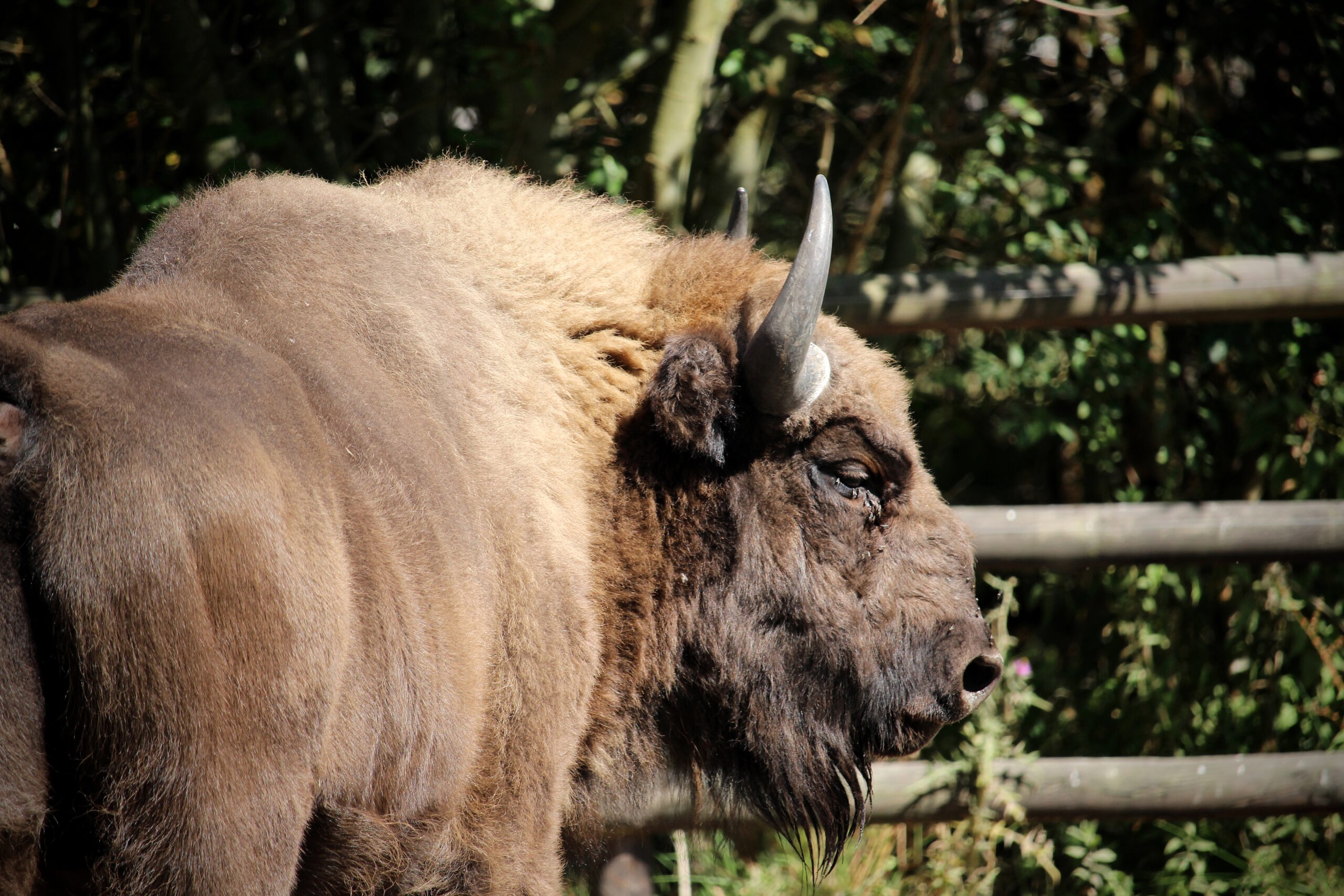
Leave a Reply